The past few weeks have flown by as we prepare for the final step in our transition to being the new medical directors- Jeevan’s departure. He flies home to his wife Amy, their two dogs and a new fellowship in hematology-oncology on May 7th . Paul and I feel so lucky to have had such a long orientation with him. He’s been a great teacher to us and to the staff and a very funny and easy man to live with. We’ll miss our card games, our shared meals, our memorable ‘60’s style “rap” sessions where we solved all the problems of the world, our movie nights, his smooth moves on the dance floor and his wonderful, exuberant laugh. Tomorrow we’re planning to take a final day trip to a nature preserve and a couple other sites with our “guide” Daniel, who is on the staff here.
Paul was asked to focus his attention on our PSC- the
The clinicians see patients in all stages of the disease in the PSC and are challenged to provide good care without the benefit of having routine labs and other diagnostic studies we have in the US. We’re lucky to have an array of antiretroviral and TB drugs available to our patients. This was a huge step forward in HIV care in
The clinic usually has 3 clinicians on duty during the week and they see up to 100 patients a day. They see a variety of illnesses but most are far from the everyday garden variety we'd see in most US clinics. Kids don’t come in with just colds and ear infections.
Some of the patients we saw last week…a 7 year old girl who was so anemic that her nails and tongue were pearly white. She had sickle cell anemia. I looked at a slide of her red blood cells and she had very few normal cells. Most were the characteristic shredded, comma shaped cells. Her blood count was very low but not low enough for her to qualify for a blood transfusion at the hospital. We treated her with folic acid, vitamins and updated her immunizations. We’ll try to see her on a regular basis.
A woman needed stitches yesterday after being slashed with a panga by her husband’s other wife. A young man had big sores on his body for 5 months- he had undiagnosed HIV. Our staff was called to transport a couple of kids who were poisoned from eating a plant called cassava. They suddenly were unable to walk but luckily are doing fine after their stomachs were emptied. What else? Let's see...there are often people who come in with poisonous snake bites. One tragic case we saw a week ago was a woman who was 32 weeks pregnant and started having seizures at night. By the time her family brought her to the clinic the next day she was unconscious and had dangerously high blood pressure. She had eclampsia which is a frequent cause of maternal deaths. Paul rode with her to the hospital but the woman and her baby died later that day.
A 9 year old girl was brought in by her mom with a report of sudden onset of weakness in her legs and difficulty walking. She needed support to stand and had to walk by rocking back and forth on her legs. After gathering what information we could by our history and exam we suspected that she may have TB in her spine. We sent her for an x-ray at the hospital.
There's occasional cases of malnutrition but in general we see very little of it. Usually we find the moms are young and are poorly informed about the nutritional needs pf their infants so they feed them too many starches and not enough protein.
The last thing I'll mention is the program to prevent transmission of HIV to infants during pregnancy and after delivery. It's shocking to have so many of our pregnant moms test positive for the virus. We don't have a clear picture of how many infants have been infected but we hope to have a better idea as we move forward with the Peds program. So I'll work with the staff to strengthen that program.
So that's a little taste of what we're doing here. As the year goes along we'll provide updates from time to time but we also enjoy your questions and com.





























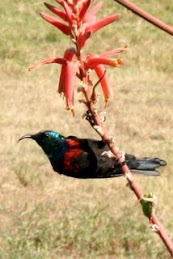
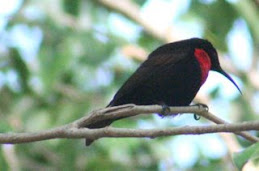










































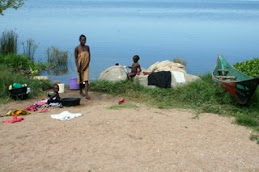

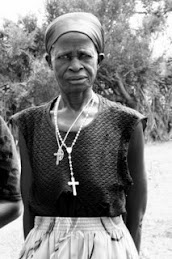






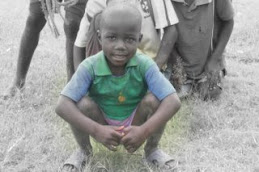


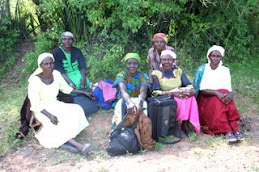



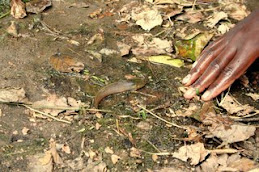



























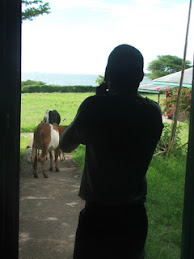

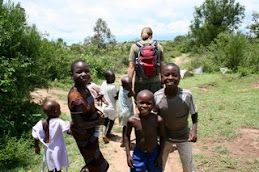













































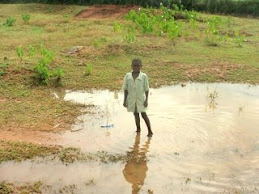
























4 comments:
Nicosan - FDA/E.U. Orphan Drug for the Treatment of Sickle Cell Anemia
In clinical trials Nicosan (Niprisan) showed to end crises in 80% of patients and in the refractory 20% reduced crises by half.
This drug is recognized by both the WHO and U.N. as a viable treatment for sickle cell anemia.
Nicosan was developed in Nigeria, based on traditional plant based treatments for sickle cell. It's refinement as a drug was headed by an American pharmaceutical company and approved for sale in Nigeria July 2006.
A full scale production plant is being build North of Abuja to serve the more than 4 million sicklers of Nigeria and slated to be completed this year, 2008.
For further information including clinical trial data, toxicity/animal/in vitro studies and informational video link please visit:
sicklecellsurvivor.org/node/16
Questions or comments? Please feel free to write me,
Kristina Bruce RN
Chicago, IL USA
NicosanForSickleCell@yahoo.com
Darcie and Paul! I finally caught up on your blog. Wow. I must say I feel much better telling you the story of beating the bat with a broom on Ssesse island after reading about your blow darting the cats. That is so "Africa"! I tell u, I can hardly wait to see you there. My plans are firming up. What is the closest airport to you? My home base most of this trip will be Moshi, with some trips to Tabora (by air). Looks like I will land in Kili on July 4, and stay til around Oct 22.
Hi Kristina-
Thanks for the information on Niprisan. We'll look into it further to see if it's a viable option for our patients.
Jenny,
Yes, we too are looking forward to seeing you here in Africa. We'll email your gmail address to discuss further but our closest airports are Musoma, TZ and Kisumu, Kenya. We'd love to come to Moshi while you're there.
Hi Jenny,
I'm glad you found the information interesting. I hope you take the time to read all of the clinical trial information.
The hope is for this drug to be approved in the U.S. in the not too distant future because it is very much needed. The sickle cell population in the U.S. is growing rapidly.
This drug shows a lot of promise and advantage over hydroxyurea (the only FDA approved treatment for sickle cell) which is only effective in 2/3 of patients and only reduces crises by 40%. Unfortunately hydroxyurea is not well tolerated in many patients and compliance is a very big problem because it requires weekly blood work for up to a full year and then monthly thereafter to monitor for myelosuppression.
If you have any further questions after reading the study information please feel free to contact me again!
Good luck to you!
Post a Comment